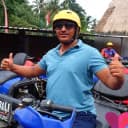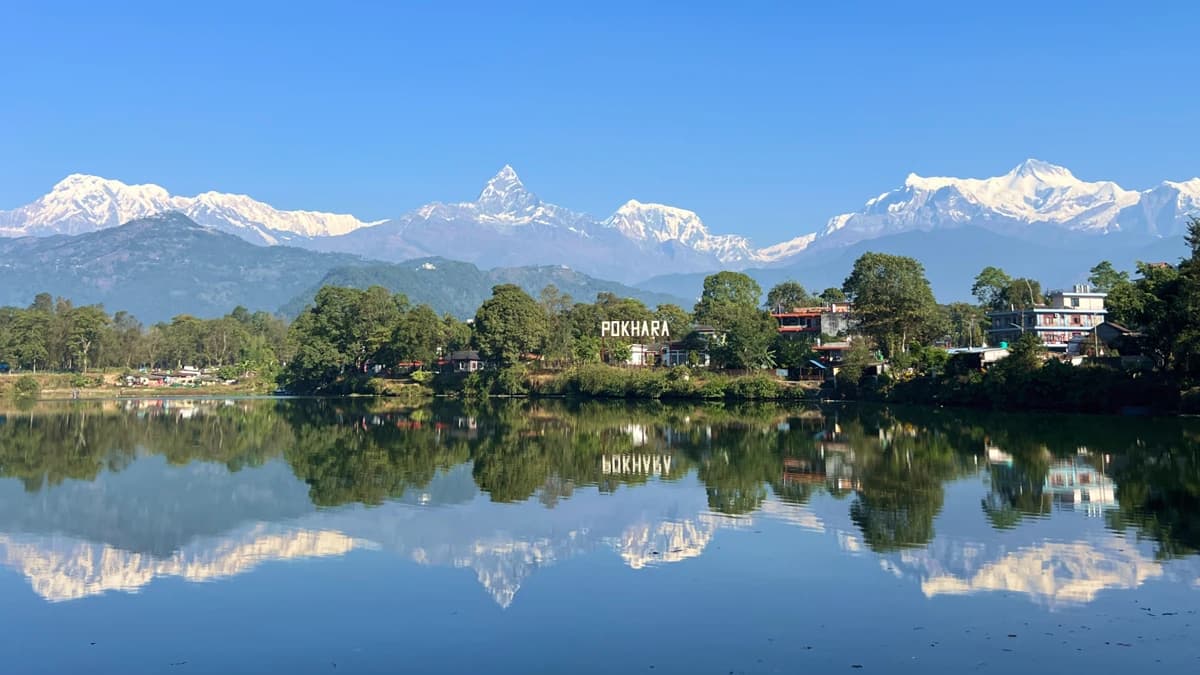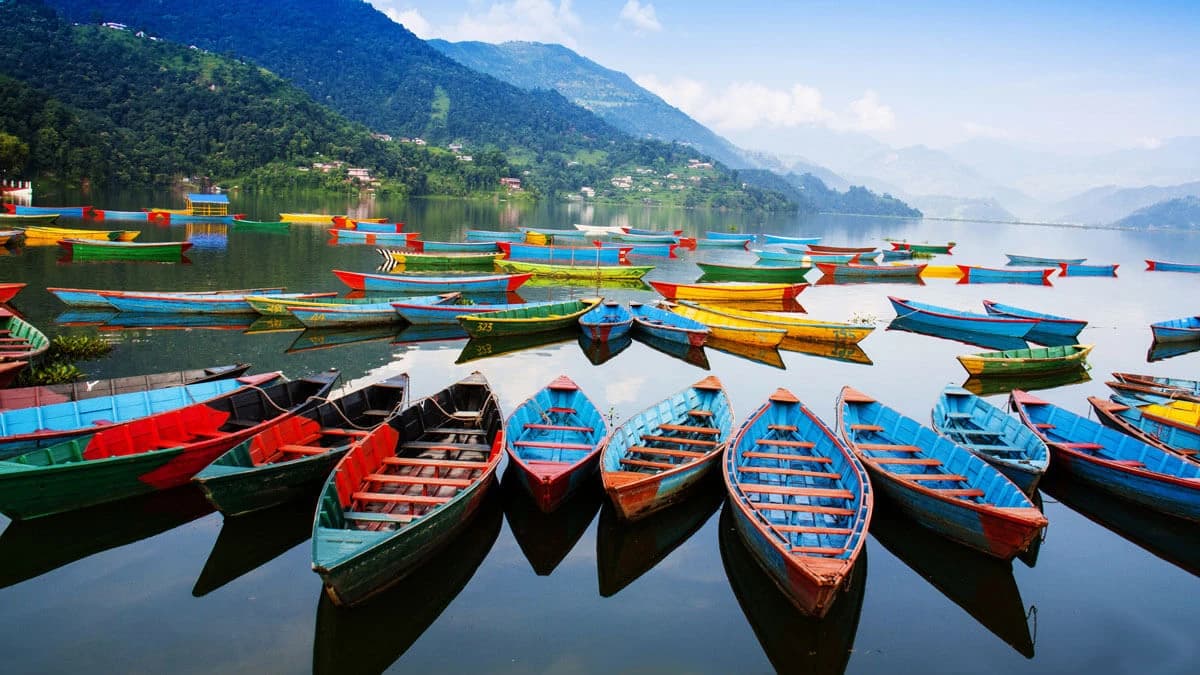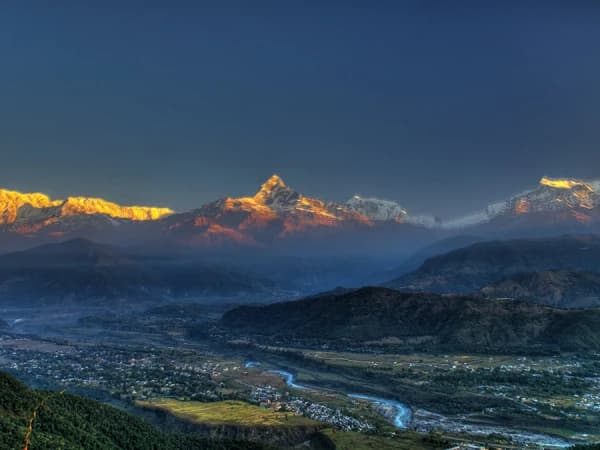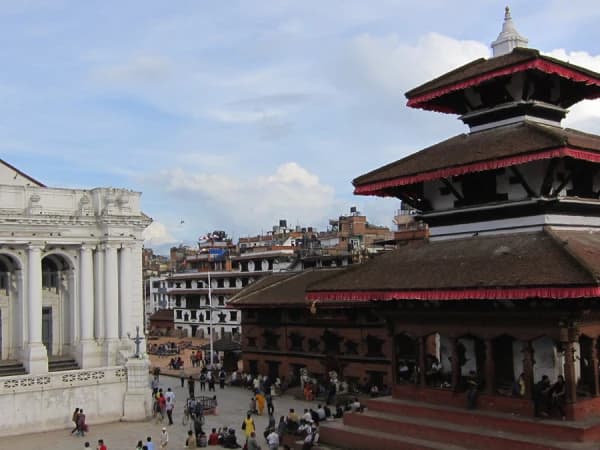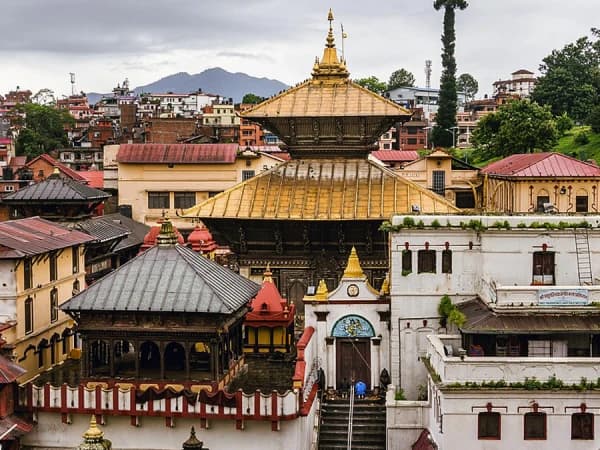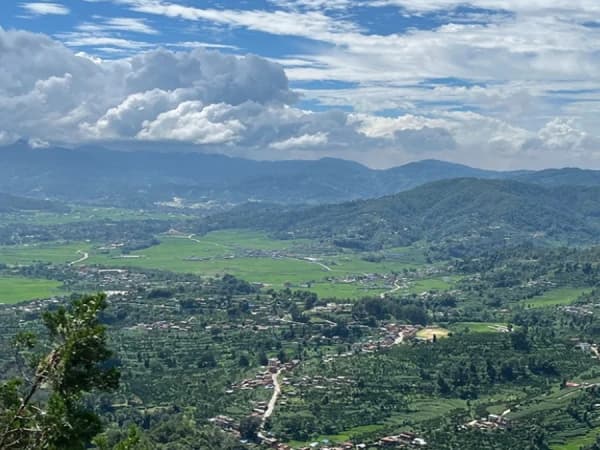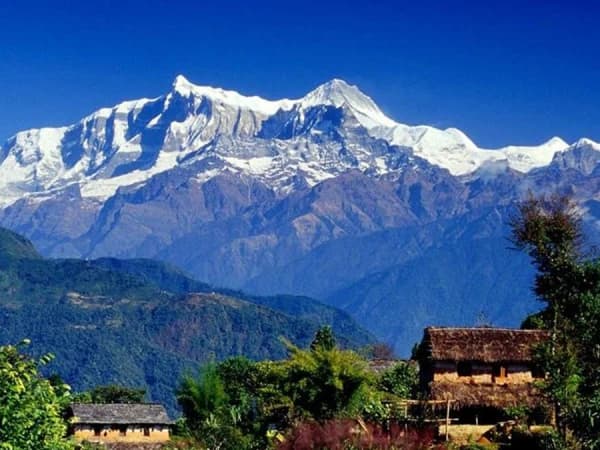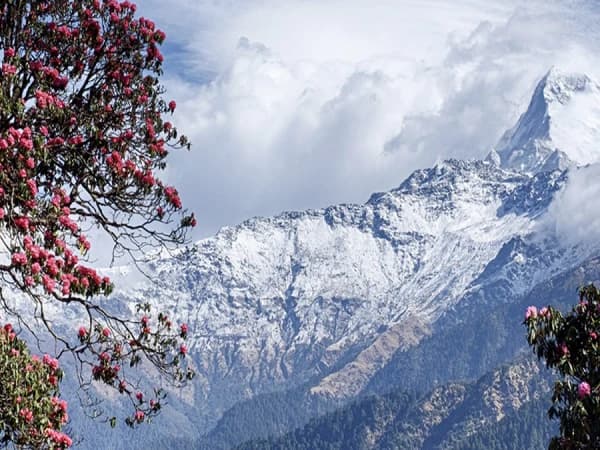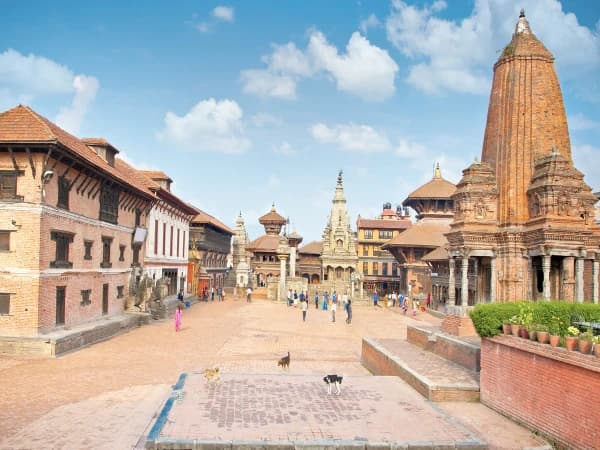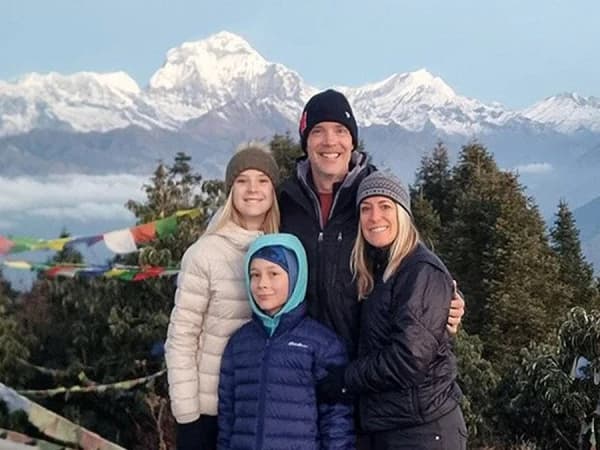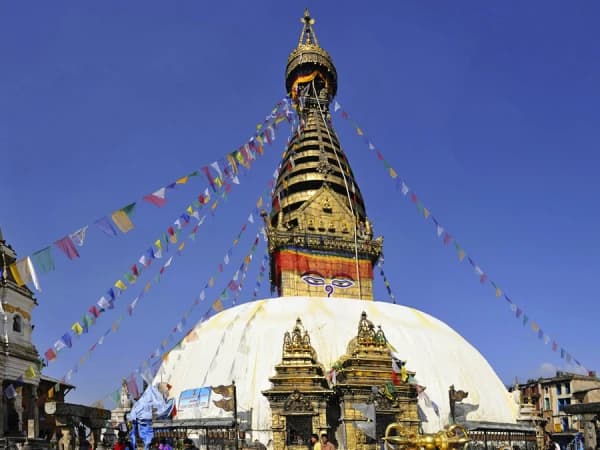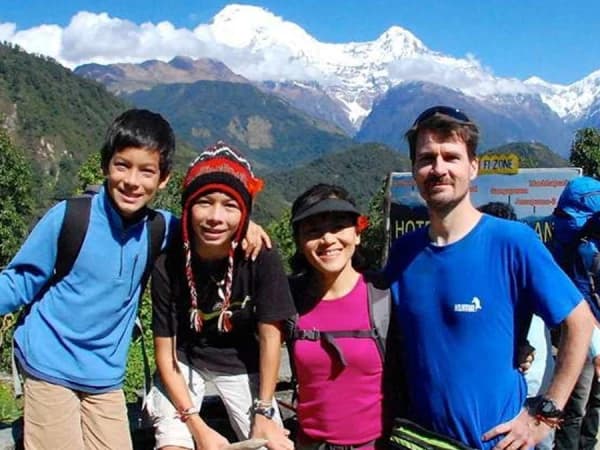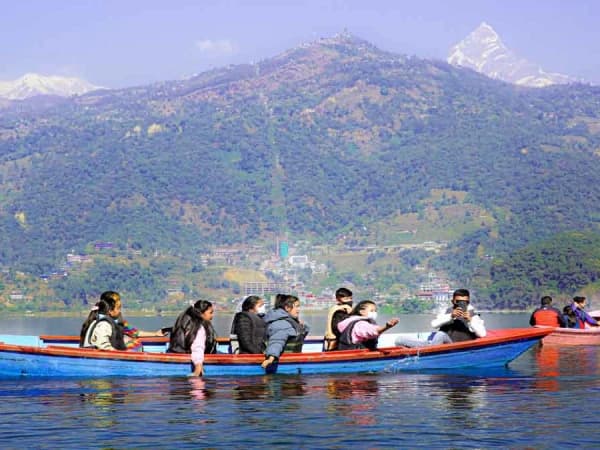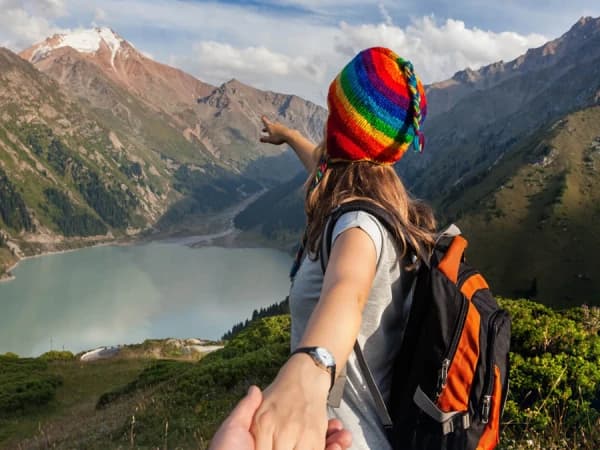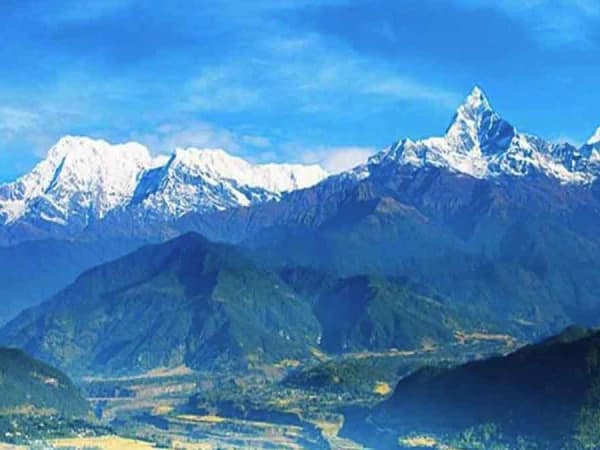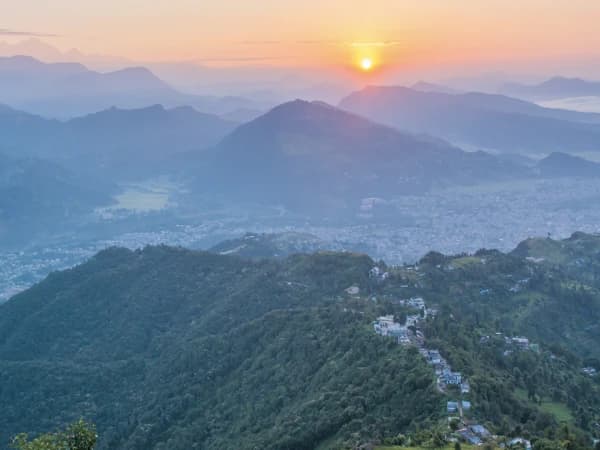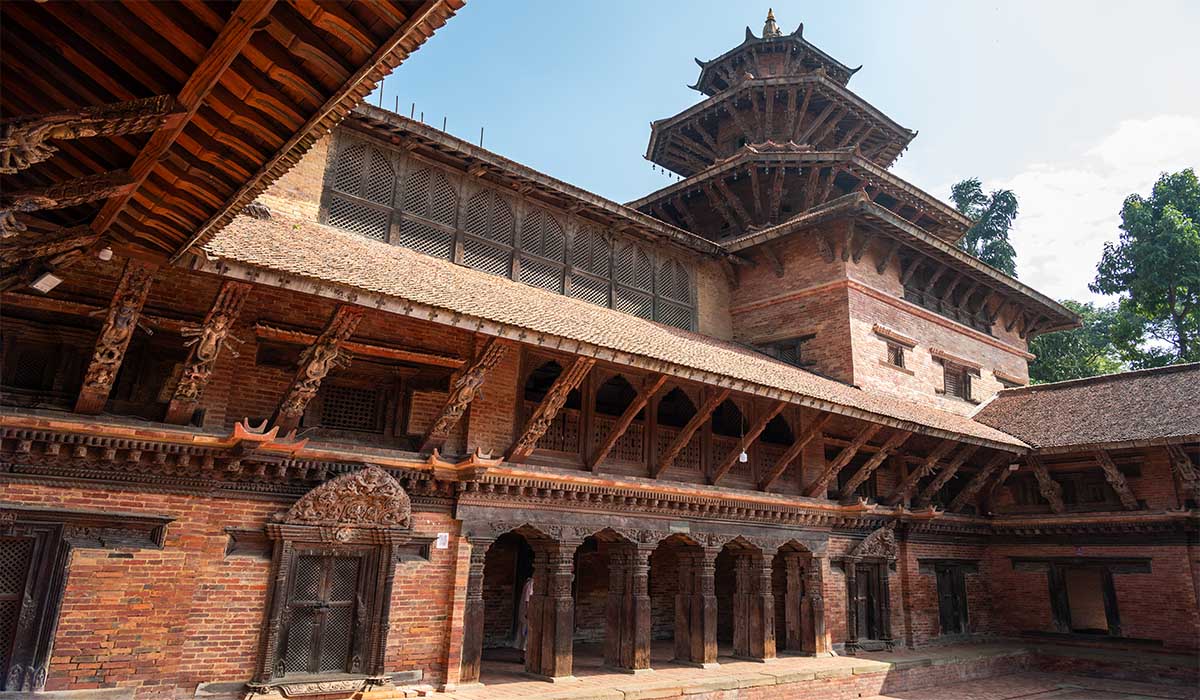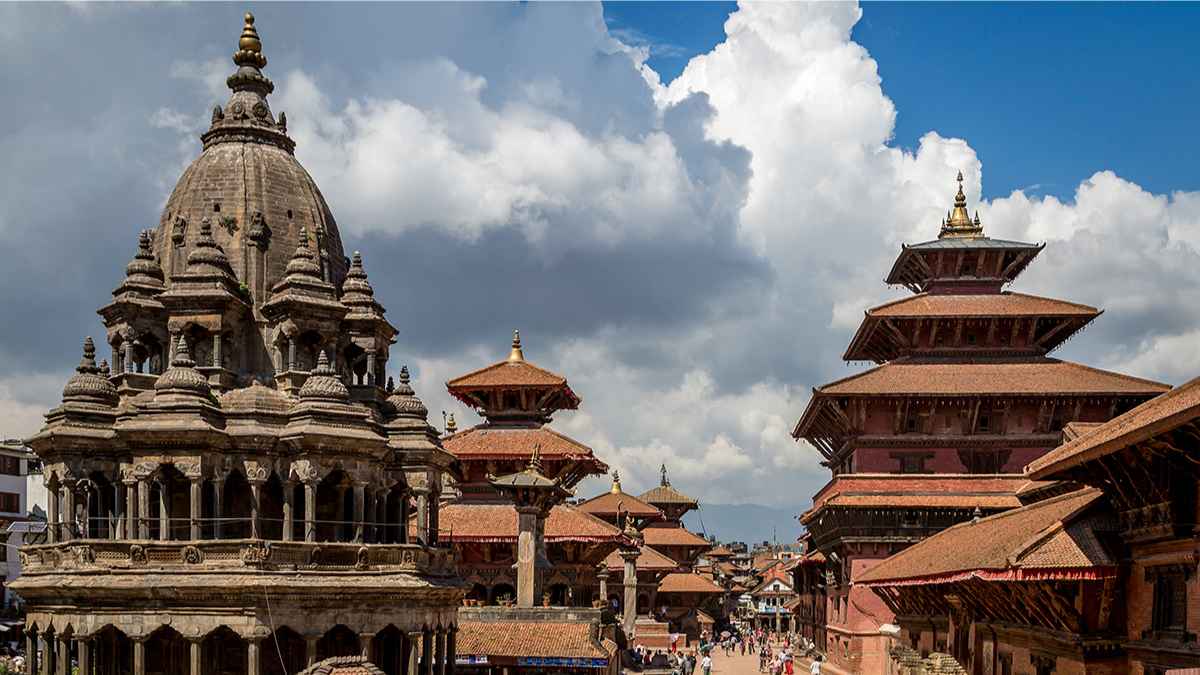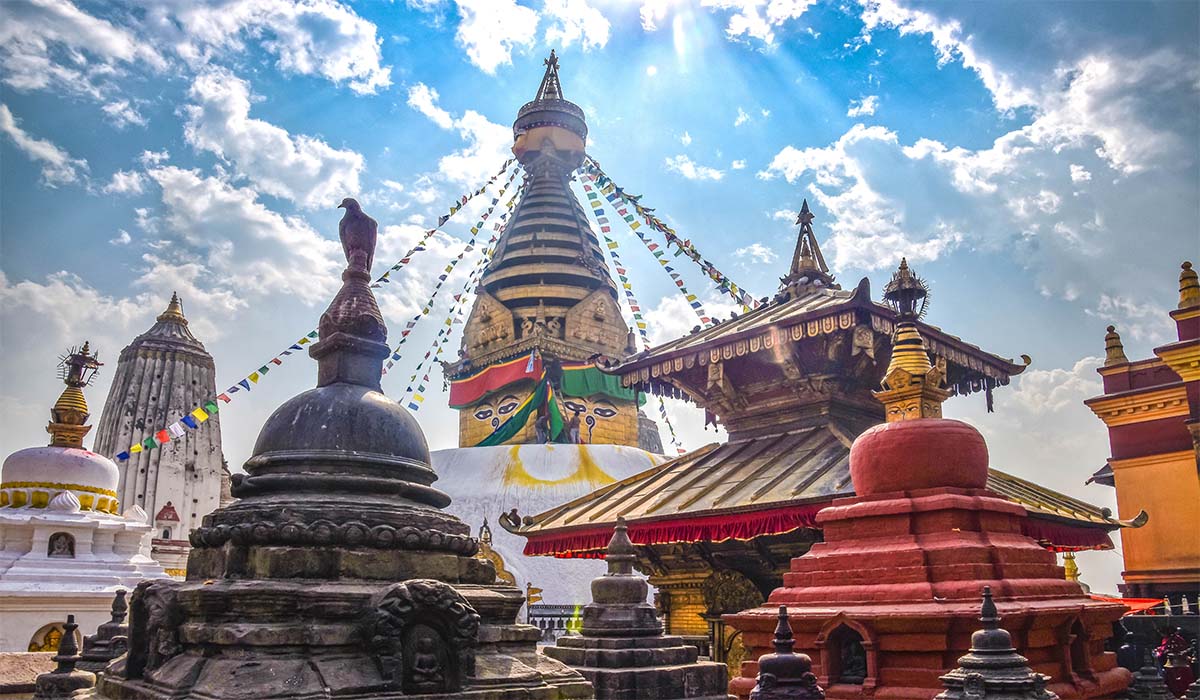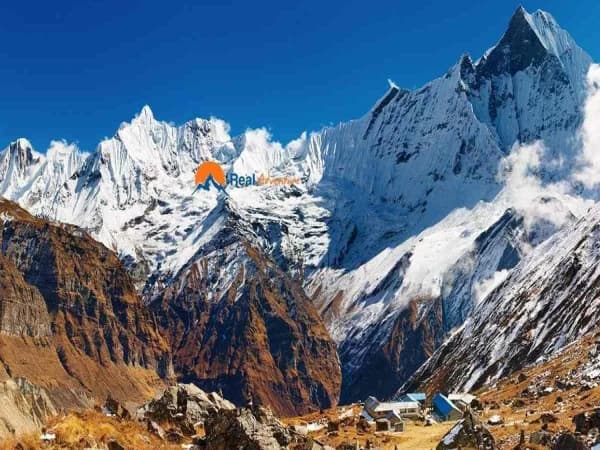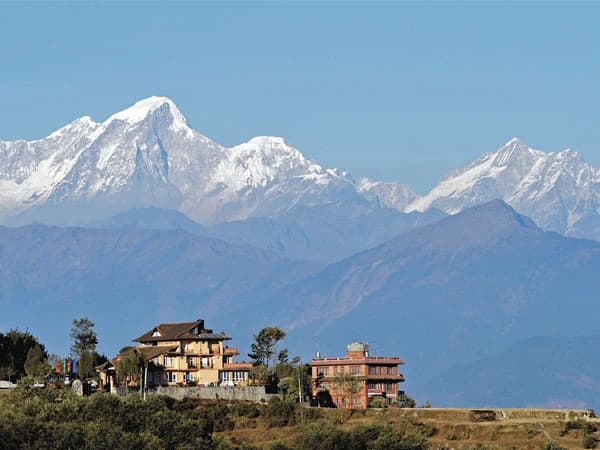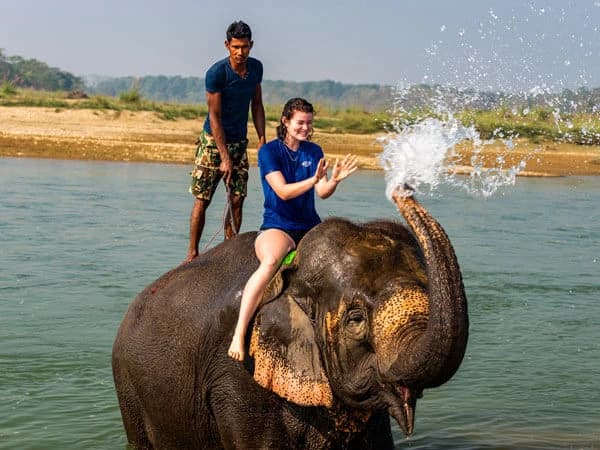Kathmandu Pokhara 5 Days Tour is one of the most popular travel packages in Nepal, which best of best for those people who have limited time but seeking for best Nepal memories. This classic journey combines the cultural heart of Nepal with the natural beauty of the Himalayas, making it the perfect holiday for couples, families, and adventure seekers. If you are looking for the best Nepal tour package, Kathmandu and Pokhara always come at the top of the list because these two cities offer a complete mix of history, culture, nature, and adventure.
Your journey begins in Kathmandu, the capital of Nepal, also known as the “city of temples.” The valley is home to UNESCO World Heritage Sites are Kathmandu Durbar Square, Pashupatinath Temple, Boudhanath Stupa, and Swayambhunath Stupa (Monkey Temple). These sacred and historical sites show the deep spiritual traditions of Nepal, attracting thousands of visitors searching for Kathmandu sightseeing tour or heritage tour in Kathmandu. Walking through narrow streets filled with colorful bazaars, traditional architecture, and local food stalls is an experience that takes you back in time.
After exploring Kathmandu, the tour takes you on a scenic drive or short flight to Pokhara, the most beautiful city in Nepal. Known as the “Lake City,” Pokhara is famous for Phewa Lake, where you can enjoy peaceful boat rides with a reflection of the Annapurna mountains on the water. This city is a hub for travelers searching for Pokhara tour package, because it offers both relaxation and adventure. From the stunning Sarangkot sunrise view over the Himalayas to thrilling activities like paragliding in Pokhara, zip-lining, or short treks to World Peace Pagoda and Davis Falls, Pokhara has something for everyone.
The highlight of the Kathmandu Pokhara tour package is the unique contrast between cultural exploration and natural beauty. In Kathmandu, you experience the lively spiritual traditions of Nepal, while in Pokhara you relax by the lakeside, watch sunsets behind the Himalayas, and enjoy mountain adventures. Many travelers combine this package with Chitwan jungle safari or even a short Annapurna Region trek, making it one of the most searched multi-city tours in Nepal.
This tour is also very flexible. If you have a short holiday, you can enjoy a 5 days Kathmandu Pokhara tour, covering the main highlights. If you have more time, you can extend to 7 or 8 days and add more experiences like rafting on the Trishuli River or visiting Bandipur village on the way. Families often choose it for a relaxed pace, while couples book it as a Nepal honeymoon tour for its romantic lakeside stays and Himalayan views.
The best time to visit Kathmandu and Pokhara is from September to December and March to May, when the skies are clear, and the Himalayan peaks are visible. However, Pokhara is beautiful year-round, and even in winter or monsoon, it has a peaceful charm that attracts many travelers.
Whether you are searching for a Nepal holiday package, a cultural tour in Kathmandu, or an adventure tour in Pokhara, this journey is always a favorite. It is affordable, family-friendly, and offers some of the most unforgettable experiences in Nepal. The combination of Kathmandu’s ancient heritage with Pokhara’s natural beauty is why the Kathmandu Pokhara Tour is one of the most searched and best-selling tour packages in Nepal for international travelers.
Annapurna Base Camp Helicopter Tour
The Annapurna Base Camp Helicopter Tour from Pokhara offers a breathtaking aerial adventure to one of Nepal’s most iconic trekking destinations—without the trek. In just 1.5 to 2 hours, you’ll soar above lush valleys, terraced hillsides, and dramatic Himalayan peaks before landing at Annapurna Base Camp (4,130 meters). Enjoy 15–20 minutes on the ground, surrounded by majestic mountains like Annapurna I, Machhapuchhre, and Hiunchuli. Perfect for travelers short on time or unable to trek, this luxury heli tour provides a once-in-a-lifetime panoramic experience of the Annapurna region—all starting conveniently from Pokhara.
Kathmandu Pokhara Tour Highlights
- Perfect Nepal tour package for limited-time travelers seeking rich cultural and natural experiences.
- Kathmandu – “City of Temples” with UNESCO World Heritage Sites: Durbar Square, Pashupatinath, Boudhanath, and Swayambhunath.
- Explore vibrant bazaars, traditional architecture, and authentic local culture in Kathmandu Valley.
- Pokhara – “Lake City” famous for Phewa Lake, Sarangkot sunrise, and stunning Himalayan views.
- Adventure activities in Pokhara: paragliding, zip-lining, boating, short treks, and Davis Falls.
- Unique mix of cultural heritage (Kathmandu) and natural beauty (Pokhara).
- Optional add-ons: Chitwan jungle safari, Annapurna short trek, Trishuli River rafting, or Bandipur village visit.
- Flexible duration: 5 days for highlights or 7–8 days for an extended Nepal holiday.
- Ideal for couples (honeymoon tours), families, and adventure seekers.
- Best travel seasons: September–December and March–May (clear skies & mountain views).
- Year-round destination with peaceful charm even in winter or monsoon.
- Affordable, family-friendly, and one of the most searched & best-selling Nepal tour packages worldwide.
This 5 Days Nepal Travel Package is the best option for travelers short on time but full of curiosity. It combines the spiritual depth, Himalayan beauty, and cultural richness that define Nepal, creating a journey that feels much longer than it lasts.
Kathmandu Pokhara Short Itinerary (5 Days)
- Day 01: Arrival in Kathmandu. After hotel check-in, visit Swayambhunath Stupa (Monkey Temple) for panoramic city views and spiritual vibes.
- Day 02: Full-day Kathmandu Valley Heritage Tour, exploring UNESCO sites like Pashupatinath, Boudhanath, Kathmandu Durbar Square, and Patan. Perfect to discover Nepal’s rich culture and history.
- Day 03: Take a short flight to Pokhara, the city of lakes. Enjoy a guided Pokhara city tour covering Phewa Lake, Tal Barahi Temple, Davis Falls, Gupteshwor Cave, and lakeside strolls.
- Day 04: Early morning drive to Sarangkot for sunrise over Annapurna and Dhaulagiri ranges, then return flight to Kathmandu. Relax or shop in Thamel.
- Day 05: Final departure.
Why Kathmandu & Pokhara is Best Tour?
The Kathmandu Pokhara Tour is the best Nepal tour package because it offers the perfect mix of culture, history, nature, and adventure in a short holiday. In Kathmandu, the city of temples, you can explore UNESCO World Heritage Sites like Pashupatinath Temple, Boudhanath Stupa, Swayambhunath, and Kathmandu Durbar Square, which reflect Nepal’s deep spiritual traditions. Then the journey takes you to Pokhara, the Lake City, where the beauty of Phewa Lake, the Sarangkot sunrise over the Himalayas, and thrilling adventures like paragliding in Pokhara, boating, and zip-lining create unforgettable memories. This tour is flexible, affordable, and perfect for couples, families, and adventure lovers. Many travelers also add Chitwan jungle safari or short Annapurna trek to make it more exciting. That’s why the Kathmandu Pokhara Tour is one of the most searched and best-selling travel packages in Nepal for international visitors.

